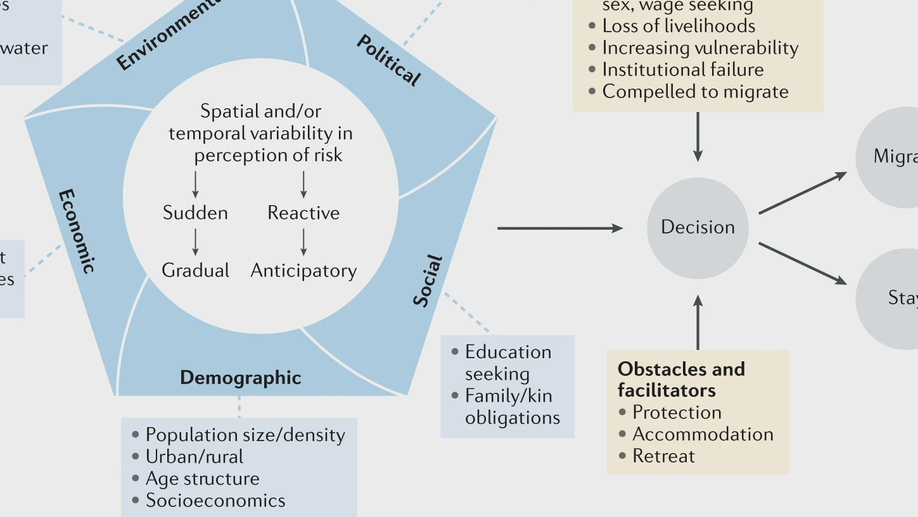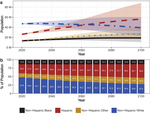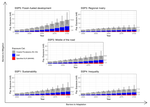Mathew E. Hauer
Associate Professor of Sociology; Head of Agent Developt
Florida State University; Aaru
Biography
Dr. Mathew E. Hauer is the Charles B. Nam Associate Professor of Sociology at Florida State University, Assistant Director of the Center for Demography and Population Health, and the Head of AI Agent Development at Aaru, a company focused on artificial intelligence and simulation.
His research lies at the intersection of demography, migration, population projections, and climate change, with particular expertise in modeling future population dynamics under climate stress.
His work on climate migration and population vulnerability has earned numerous prestigious accolades, including the 2024 Early Achievement Award from the Population Association of America and the 2023 Cozzarelli Prize from the National Academies of Sciences, Engineering, and Medicine, and is a finalist for the 2025 Cozzarelli Prize and the Max Planck-Humboldt Research Award. He is a two-time recipient of the E. Walter Terrie Award for excellence in applied demography, and his dissertation on sea-level rise and human migration has accumulated over 1,500 citations since 2016.
Dr. Hauer’s research has significantly shaped our understanding of climate change’s demographic impacts, from sea-level rise displacement to temperature extremes and coastal flooding. His work has been featured in over 800 media outlets worldwide, including the New York Times, The Guardian, Time Magazine, National Geographic, and the Washington Post. Before joining FSU, he spent nearly a decade directing the Applied Demography Program at the University of Georgia.
Currently, Dr. Hauer leads several major research initiatives examining climate-induced population dynamics, aging demographics, and coastal vulnerability. His recent work explores how climate migration amplifies demographic change, the mortality risks of coastal flooding, and the intersection of climate hazards with population change.
Dissertation on sea-level rise and human migration:
- Sea-level rise and human migration published in Nature Reviews Earth & Environment
- Assessing population exposure to coastal flooding due to sea level rise published in Nature Communications
- Migration induced by sea-level rise could reshape the US population landscape published in Nature Climate Change
- Millions projected to be at risk from sea-level rise in the continental United States published in Nature Climate Change
- Evacuees and migrants exhibit different migration systems after the Great East Japan Earthquake and Tsunami published in Demography
- No landward movement: examining 80 years of population migration and shoreline change in Louisiana published in Population & Environment
- Sea-level rise and sub-county population projections in coastal Georgia published in Population & Environment
Interests
- Demography
- Migration
- Climate Change
Education
PhD in Geography, 2016
University of Georgia
MS Demography, 2008
Florida State University
BS Sociology, 2007
Florida State University



